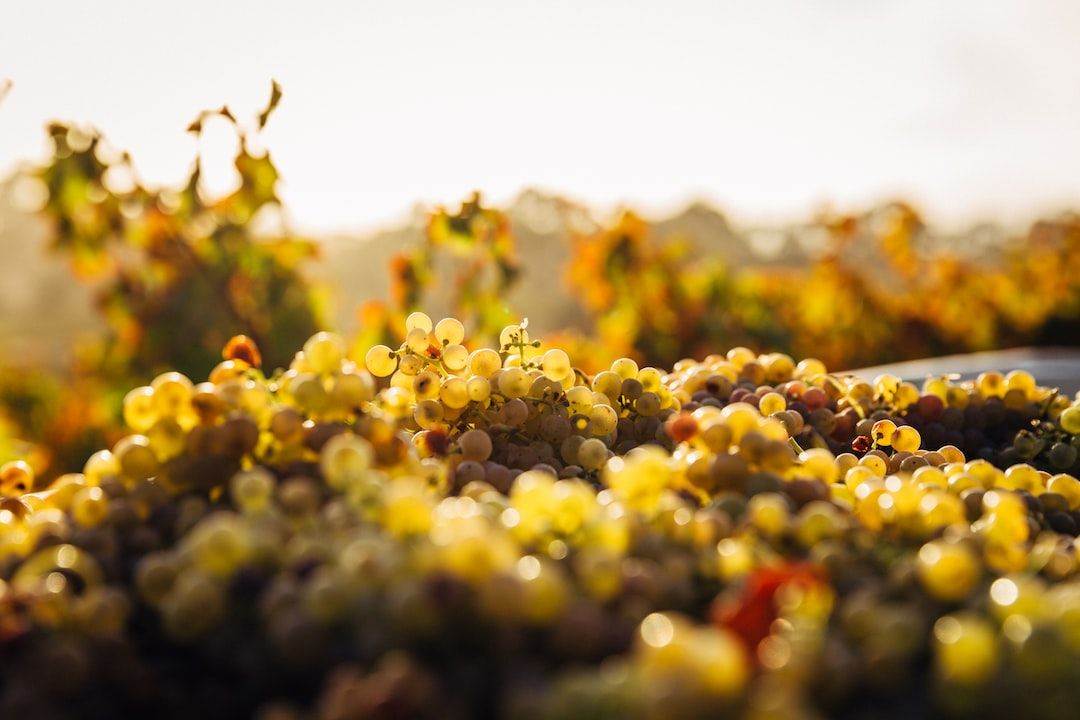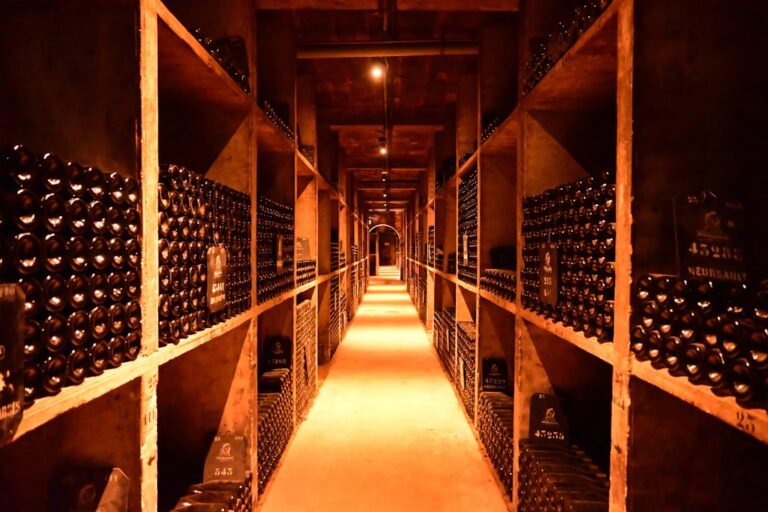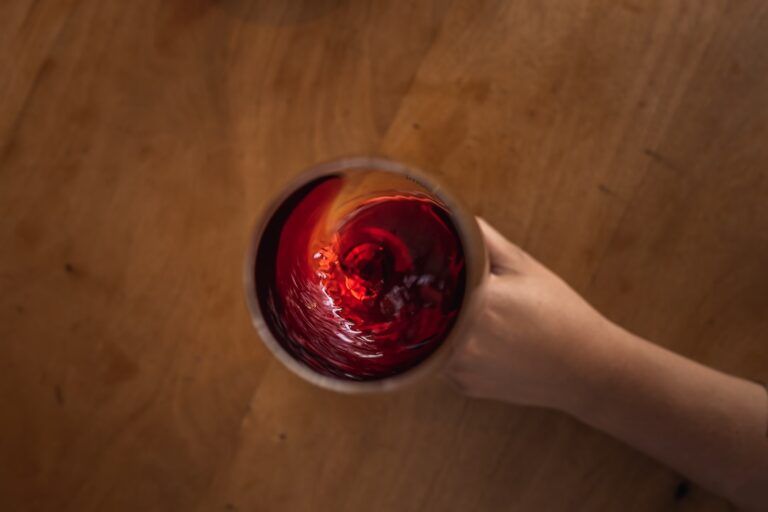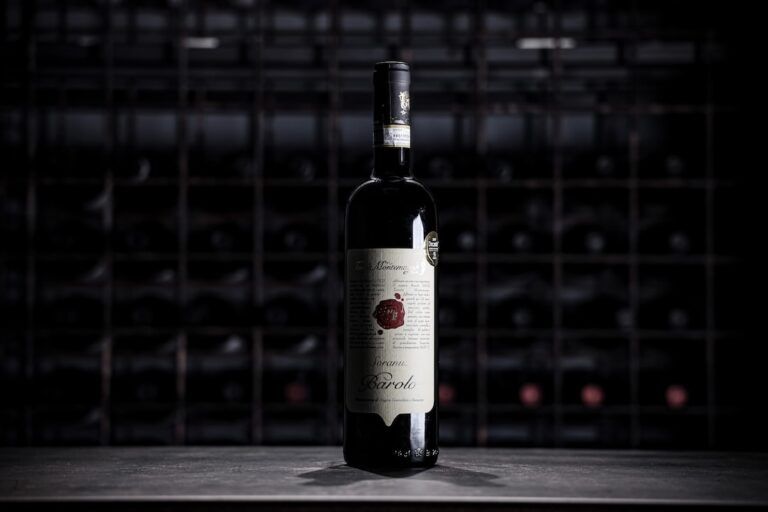Cabernet Sauvignon: A red wine known for its full-bodied taste, with flavors of blackcurrant, black cherry, and cedar.
Cabernet Sauvignon is one of the most popular and widely recognized red wine grape varieties in the world. Known for its bold flavors, rich tannins, and aging potential, Cabernet Sauvignon has captured the hearts of wine enthusiasts around the globe. This versatile grape is grown in many different wine regions, each imparting its own unique characteristics to the final product. In this article, we will explore the history, characteristics, winemaking process, flavor profile, food pairings, health benefits, different styles, top regions, aging potential, and future trends of Cabernet Sauvignon.
The History of Cabernet Sauvignon: From Bordeaux to the World
The origins of Cabernet Sauvignon can be traced back to the Bordeaux region of France. It is believed to be a natural cross between Cabernet Franc and Sauvignon Blanc grapes. The first recorded mention of Cabernet Sauvignon dates back to the 18th century in Bordeaux, where it quickly gained popularity among winemakers for its ability to produce high-quality wines with excellent aging potential.
In the 19th century, Cabernet Sauvignon began to spread beyond Bordeaux to other wine regions around the world. It found success in places like California’s Napa Valley, where it thrived in the Mediterranean climate and well-drained soils. Today, Cabernet Sauvignon is grown in many different countries including Australia, Chile, Argentina, South Africa, Italy, and Spain.
The Characteristics of Cabernet Sauvignon Grapes: A Closer Look
Cabernet Sauvignon grapes are small and thick-skinned with a deep blue-black color. They have a high sugar content and moderate acidity levels, which contribute to their ability to produce full-bodied wines with intense flavors and aromas.
The flavor profile of Cabernet Sauvignon grapes is often described as blackcurrant, blackberry, and plum, with hints of cedar, tobacco, and vanilla. The grapes also contain high levels of tannins, which give the wine its structure and ability to age well.
The Art of Winemaking: How Cabernet Sauvignon is Produced
The winemaking process for Cabernet Sauvignon begins with the harvesting and crushing of the grapes. The grapes are typically harvested by hand to ensure that only the best quality fruit is selected. After harvesting, the grapes are crushed and the juice is extracted.
Fermentation is the next step in the winemaking process. The juice is fermented in stainless steel tanks or oak barrels, depending on the desired style of wine. During fermentation, yeast converts the sugar in the grape juice into alcohol, creating heat and carbon dioxide as byproducts.
After fermentation, the wine is aged in oak barrels for a period of time to develop additional flavors and aromas. This aging process can range from a few months to several years, depending on the desired style of wine.
Once the wine has reached its desired level of aging, it is blended with other wines (if necessary) and then bottled. The wine may continue to age in the bottle for a period of time before it is released for sale.
The Flavor Profile of Cabernet Sauvignon: Exploring its Tasting Notes
Cabernet Sauvignon wines are known for their complex flavor profiles and long-lasting finish. Tasting notes often include blackcurrant, blackberry, cherry, plum, and cassis. These flavors are often accompanied by secondary notes of cedar, tobacco, vanilla, and spice.
The aroma profile of Cabernet Sauvignon wines can be described as intense and aromatic. It often includes notes of black fruits, such as blackberry and blackcurrant, as well as hints of herbs and spices.
The Best Food Pairings for Cabernet Sauvignon: From Steak to Chocolate
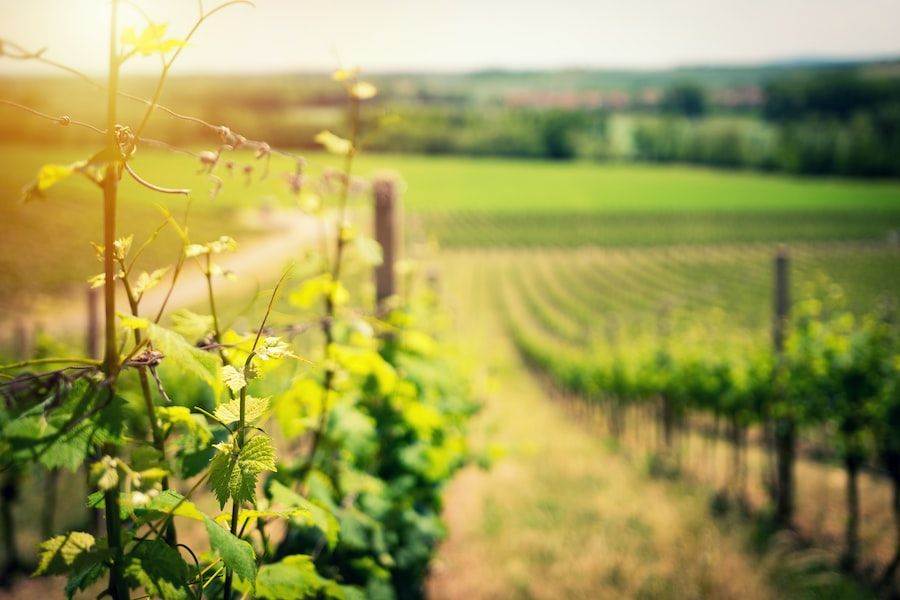
Cabernet Sauvignon is a versatile wine that pairs well with a wide range of foods. Its bold flavors and high tannins make it an excellent match for rich, flavorful dishes.
Classic food pairings for Cabernet Sauvignon include grilled steak, lamb, and other red meats. The wine’s tannins help to cut through the richness of the meat, while its bold flavors complement the savory flavors of the dish.
In addition to red meats, Cabernet Sauvignon also pairs well with aged cheeses, such as cheddar and gouda. The wine’s tannins and acidity help to balance the richness of the cheese.
For those with a sweet tooth, Cabernet Sauvignon can also be paired with dark chocolate. The wine’s bold flavors and tannins complement the bitterness of the chocolate, creating a harmonious pairing.
The Health Benefits of Drinking Cabernet Sauvignon: What Science Says
Moderate consumption of red wine, including Cabernet Sauvignon, has been associated with several health benefits. One of the key components of red wine is resveratrol, a compound found in grape skins that has been shown to have antioxidant properties.
Antioxidants help to protect the body against damage from free radicals, which are unstable molecules that can cause oxidative stress and contribute to chronic diseases such as heart disease and cancer.
In addition to its antioxidant properties, red wine has also been shown to have anti-inflammatory effects and may help to improve cardiovascular health by increasing levels of HDL (good) cholesterol and reducing levels of LDL (bad) cholesterol.
It is important to note that while moderate consumption of red wine may have health benefits, excessive consumption can have negative effects on health. It is recommended that men limit their alcohol intake to two drinks per day and women limit their intake to one drink per day.
The Different Styles of Cabernet Sauvignon: From Old World to New World
Cabernet Sauvignon wines can be classified into two main styles: Old World and New World.
Old World Cabernet Sauvignon wines are typically produced in traditional wine regions such as Bordeaux, France. These wines tend to have more restrained fruit flavors and higher acidity levels. They are often described as elegant and complex, with earthy and herbal notes.
New World Cabernet Sauvignon wines, on the other hand, are produced in regions such as California, Australia, and Chile. These wines tend to have riper fruit flavors and lower acidity levels. They are often described as bold and fruit-forward, with notes of blackcurrant, blackberry, and plum.
Examples of Old World Cabernet Sauvignon include Château Margaux from Bordeaux, while examples of New World Cabernet Sauvignon include Caymus Vineyards from California’s Napa Valley.
The Top Cabernet Sauvignon Regions in the World: Where to Find the Best Wines
There are many top Cabernet Sauvignon regions around the world, each with its own unique characteristics.
Bordeaux, France is perhaps the most famous region for Cabernet Sauvignon. The wines from this region are known for their elegance, complexity, and ability to age well. Some of the top Bordeaux appellations for Cabernet Sauvignon include Pauillac, Margaux, and Saint-Julien.
California’s Napa Valley is another top region for Cabernet Sauvignon. The warm climate and well-drained soils of this region produce ripe, full-bodied wines with intense flavors and aromas. Some of the top producers in Napa Valley include Caymus Vineyards, Opus One, and Silver Oak.
Other notable regions for Cabernet Sauvignon include Coonawarra in Australia, Maipo Valley in Chile, and Stellenbosch in South Africa.
The Aging Potential of Cabernet Sauvignon: How Long Can it Last?
Cabernet Sauvignon is known for its aging potential, with some wines able to improve and develop complex flavors and aromas over several decades.
The aging potential of Cabernet Sauvignon is influenced by several factors, including the quality of the grapes, the winemaking techniques used, and the storage conditions of the wine.
In general, Old World Cabernet Sauvignon wines tend to have a longer aging potential than New World wines. This is due to the higher acidity levels and more restrained fruit flavors of Old World wines, which allow them to develop and evolve over time.
Recommended aging times for Cabernet Sauvignon vary depending on the style of wine. In general, lighter-bodied Cabernet Sauvignon wines can be enjoyed within a few years of release, while full-bodied, tannic wines can benefit from several years of aging.
The Future of Cabernet Sauvignon: Trends and Innovations in the Wine Industry
The future of Cabernet Sauvignon looks bright, with emerging trends and innovations in the wine industry.
One trend that has gained popularity in recent years is the production of organic and biodynamic Cabernet Sauvignon wines. These wines are made using sustainable farming practices and minimal intervention in the winemaking process. They appeal to consumers who are looking for wines that are not only delicious but also environmentally friendly.
Another trend is the use of technology in winemaking. From precision viticulture techniques to advanced fermentation and aging processes, winemakers are constantly looking for ways to improve the quality and consistency of their wines.
In addition to these trends, there is also a growing interest in exploring new regions for Cabernet Sauvignon production. As climate change continues to impact traditional wine regions, winemakers are looking for cooler, higher-altitude sites that can produce high-quality Cabernet Sauvignon grapes.
In conclusion, Cabernet Sauvignon is a beloved and iconic red wine grape variety that has captured the hearts of wine enthusiasts around the world. Its bold flavors, rich tannins, and aging potential make it a favorite among both casual drinkers and serious collectors.
From its origins in Bordeaux to its spread to other wine regions around the world, Cabernet Sauvignon has a rich history that has shaped its characteristics and reputation.
Whether you prefer Old World elegance or New World fruit-forwardness, there is a Cabernet Sauvignon out there for every palate. So next time you’re in the mood for a glass of red wine, consider reaching for a bottle of Cabernet Sauvignon and experience the magic for yourself.
If you’re a fan of Cabernet Sauvignon, you may be interested in learning more about the art of decanting and aerating wine. Decanting is the process of pouring wine into a separate container to separate it from any sediment, while aerating involves exposing the wine to air to enhance its flavors and aromas. To learn more about the benefits and techniques of decanting and aerating, check out this informative article on winehardware.com.
FAQs
What is Cabernet Sauvignon?
Cabernet Sauvignon is a type of red wine made from the Cabernet Sauvignon grape variety.
What are the characteristics of Cabernet Sauvignon?
Cabernet Sauvignon is known for its full-bodied taste, with flavors of blackcurrant, black cherry, and cedar. It also has high tannins and acidity.
Where is Cabernet Sauvignon grown?
Cabernet Sauvignon is grown in many wine regions around the world, including France, Italy, Spain, Australia, Chile, Argentina, and the United States.
What foods pair well with Cabernet Sauvignon?
Cabernet Sauvignon pairs well with red meats, such as steak and lamb, as well as strong cheeses and dark chocolate.
What is the ideal serving temperature for Cabernet Sauvignon?
The ideal serving temperature for Cabernet Sauvignon is between 60-65°F (15-18°C).
How long can Cabernet Sauvignon be aged?
Cabernet Sauvignon can be aged for several years, with some high-quality wines aging for decades. However, most Cabernet Sauvignon wines are best consumed within 5-10 years of their vintage date.

